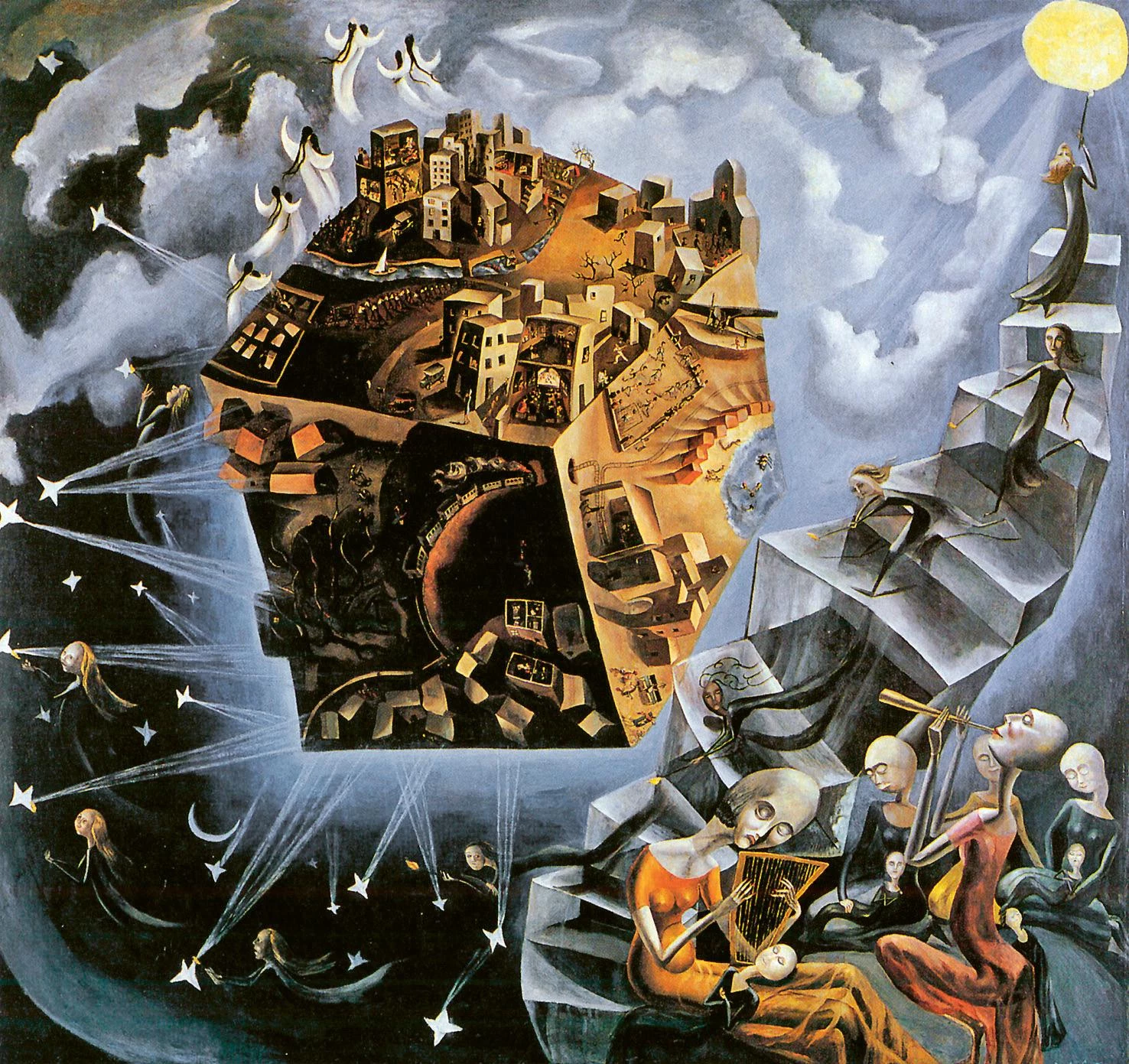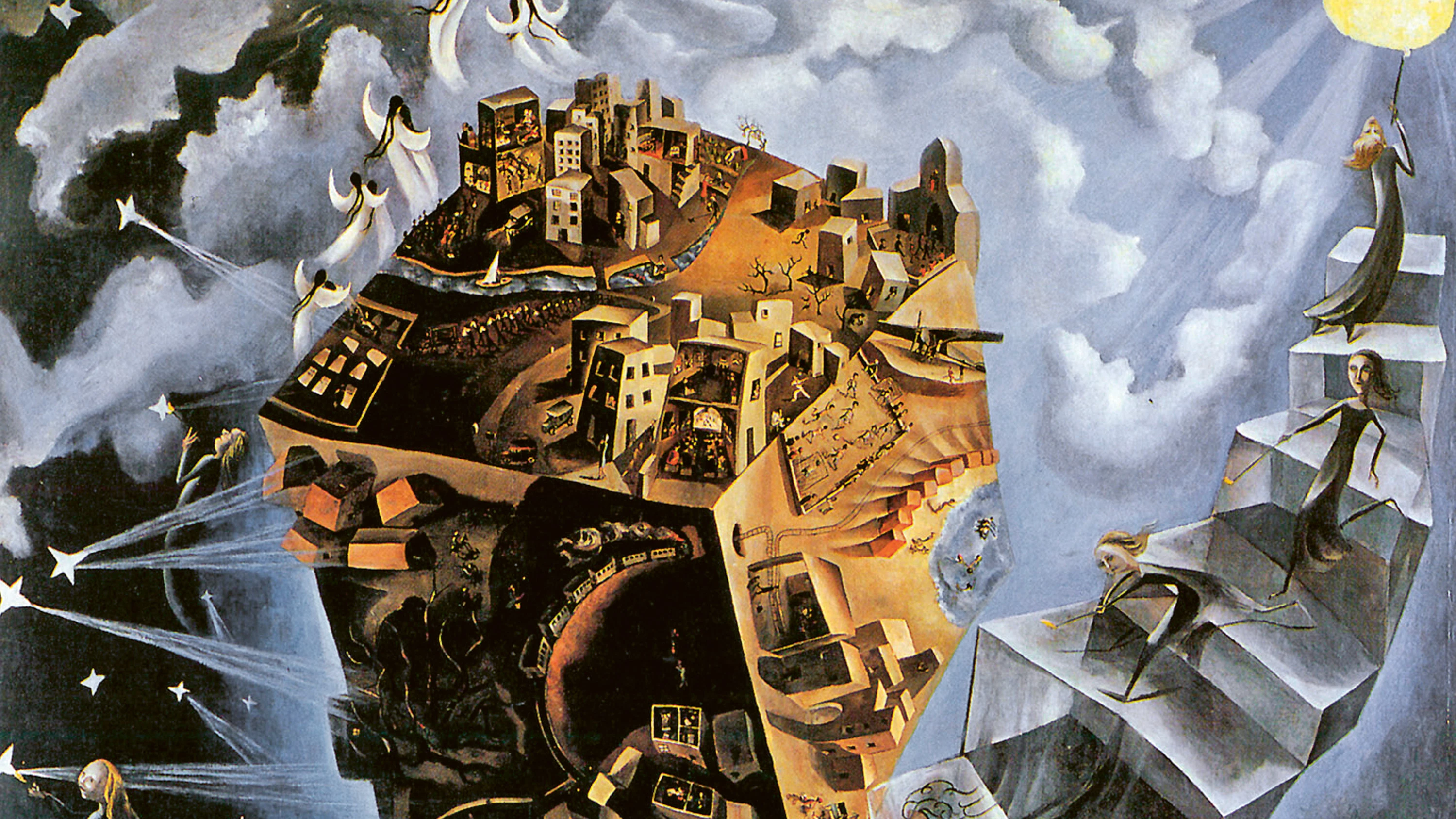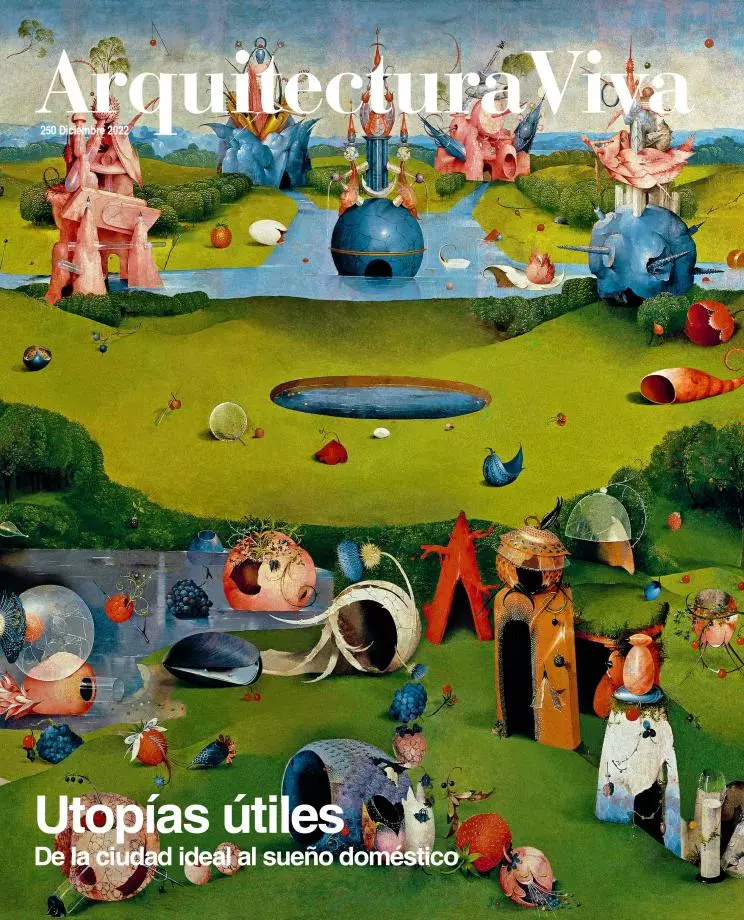
The biblical opposition between the city of God and the city of men has been the inspiration for many urban utopias in different historical periods, and has also served as a reference for numerous critical visions of the contemporary metropolis: the new Jerusalem has with its resplendence illuminated the minds of the most visionary urban reformers, while the contemporary new Babylons have served as tools for theorizing on chaos or for deploring the confusion of the agglomerations produced by the urban explosion. Although construction of architecture and the city in the 20th century seems to have simply obeyed demographic, technical, and economic logic, the dreamed or dreaded urbs of this period palpitate with an archaic symbolic throb whose sources can be found in sacred stories of the Bible. In an increasingly urbanized planet, the 21st-century city is both the main propeller of climate change and the best place for confronting it, both an ominous Babylon and a Jerusalem of hope...[+]






